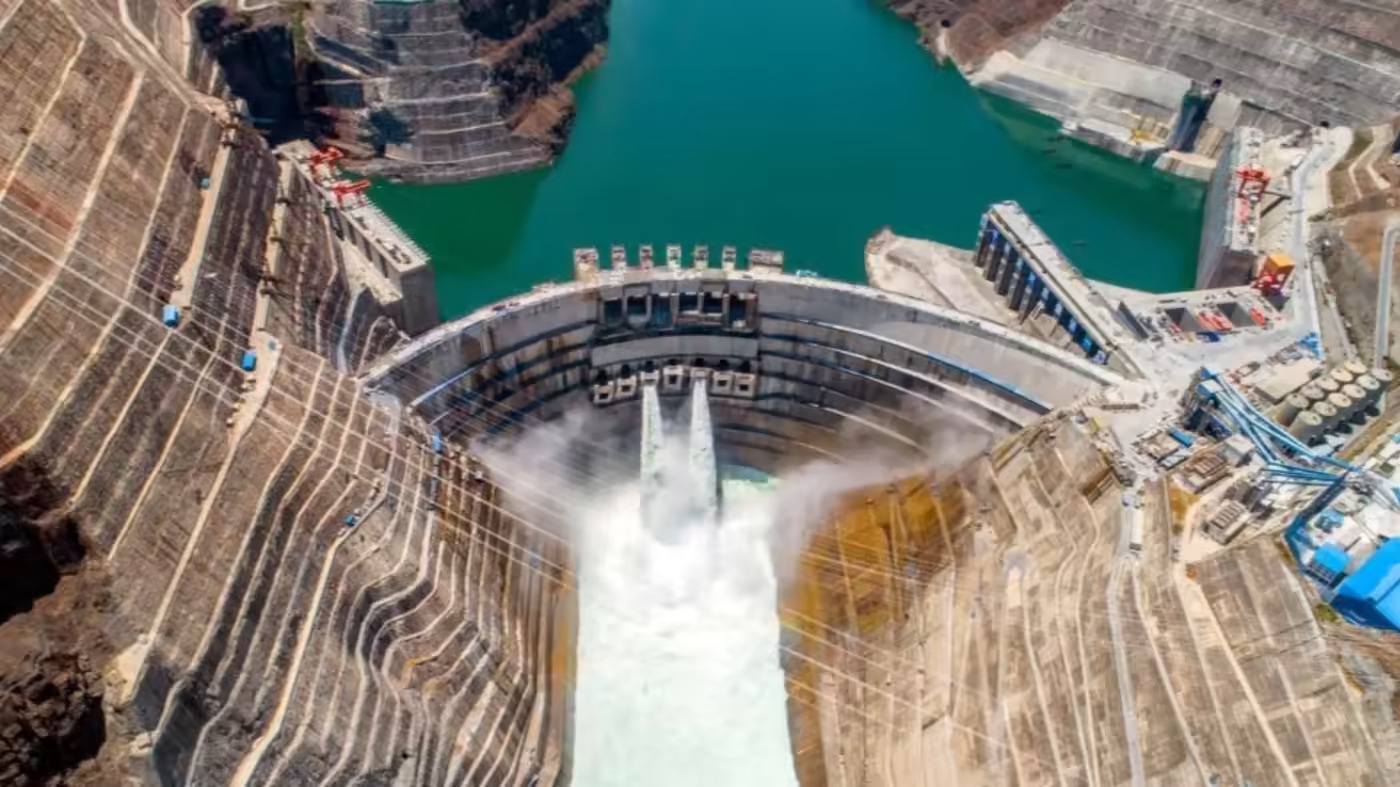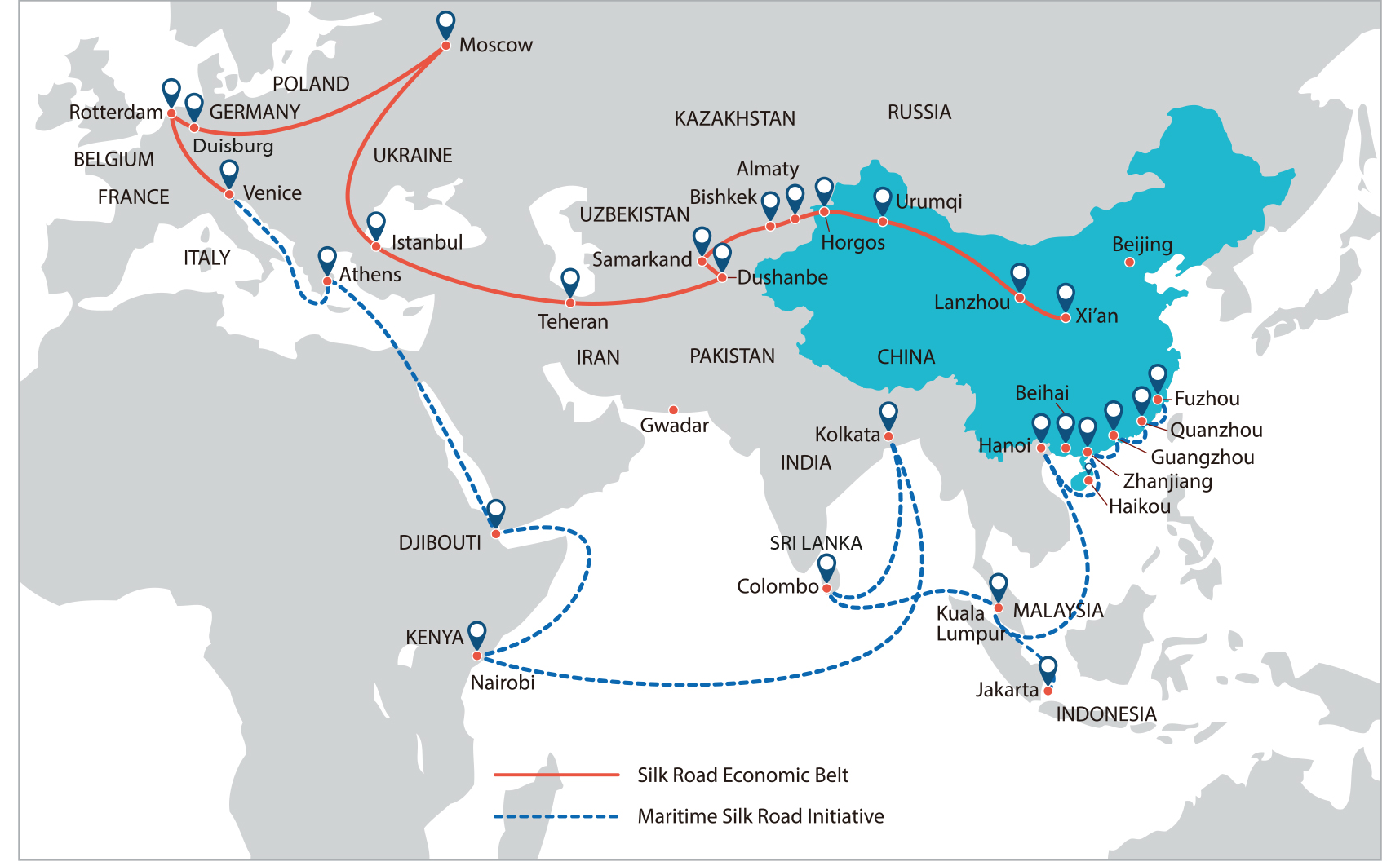China has become the world leader in the production of hydroelectricity, solidifying its position as a major participant in the renewable energy industry. With official statistics showing that China today boasts over 98,000 dams, this feat is a monument to China’s continuous efforts over the past ten years to build an astonishing array of dams.
The Three Gorges Dam is one of the most famous constructions that demonstrates China’s hydroelectric power. Construction on this enormous structure, which is 2,335 metres long, began in 1994. Located in the Hubei province’s city of Yichang, this $28.6 billion project sought to both harness the Yangtze River’s power and accelerate China’s economic growth. With 22,500 MW of electricity produced, the Three Gorges Dam is currently the greatest hydropower project in the world, the result of two decades of hard work.
China’s goal after the Three Gorges Dam’s success was to increase its hydropower capacity quickly. The world’s second-largest hydroelectric dam was inaugurated by the Chinese government in 2021, marking a historic achievement. Situated in the southwestern province of Sichuan, in the upper reaches of the Yangtze River, the Baihetan Dam is the largest arch dam in the world, standing at a towering 300 metres. The fact that this technical masterpiece was finished in just four years, with the help of cutting-edge technology and artificial intelligence, is especially astounding.
In November 2020, China announced plans to build the largest hydroelectric dam in the world at the lower reaches of the Yarlung Tsangpo river in the Tibetan Autonomous Region in response to the challenges presented by the worldwide pandemic. Beijing’s 14th Five-Year Plan, which describes the country’s socioeconomic and developmental objectives, is in keeping with this enormous ambition. China has been working harder to harness hydroelectric electricity as part of its goal to become carbon neutral by 2060, especially in the resource-rich region of Tibet. The proposed dam would triple the capacity of the Three Gorges Dam by producing an astounding 60,000 MW of electricity a year. It is located on the Great Bend of the Brahmaputra in Tibet’s Medong area, which borders India.
Chinese dam construction efforts along the Line of Actual Control (LAC) since 2021 have been illuminated by recent satellite photography. These dams are located in Tibet’s Burang county, on the Mabja Zangbo river, north of the point where China shares borders with Nepal and India. Beijing’s neighbours are concerned about this development because they believe it is an attempt to regulate water flow downstream, which could have an impact on lower-riparian nations that depend on the Brahmaputra river. These concerns are supported by the fact that almost 50% of the river basin is located in Chinese territory.
Although China’s massive hydroelectric dams are seen as a step towards achieving hydro-hegemony, lower-riparian countries in South and Southeast Asia have suffered as a result of them. Bangladesh in particular depends significantly on foreign rivers, among which the Brahmaputra is one of the most important. The construction of Chinese hydropower plant projects (HPPs) upstream of Bangladesh has sparked worries over riparian rights, with officials fearing that China may control water flows to suit its own interests at the expense of lower riparian countries. As a result, Bangladesh’s ecosystem, wildlife, and people’s way of life have all suffered lasting harm.
China’s hydroelectric aspirations have consequences that go beyond Bangladesh; these include Laos, Thailand, Cambodia, and Vietnam. Several of these countries have charged China with holding onto upstream water during dry spells, which has significantly decreased the Mekong River’s flow. Millions of people’s livelihoods in these areas, as well as agriculture and fisheries, have all been significantly impacted by this decline.
Although water levels and flows are frequently attributed to climate change, it is thought that human activities—such as the construction of infrastructure and water management—play a significant role in these changes. Following the start of dam operations, the intergovernmental Mekong River Commission (MRC) has recorded significant changes in water levels. 2020 saw the worst drought on record in the lower Mekong region, which China’s massive hydroelectric projects made worse.
The $26 billion Baihetan Dam has not been without controversy, despite its rapid rate of construction. Over 10,000 residents had to relocate as a result of its construction, and environmentalists were concerned about how it might affect the surrounding animals and natural system. Similar to this, despite its importance, the Three Gorges Dam has resulted in the displacement of about 1.5 million people who were living in the floodplains between 1992 and 2008, in addition to reports of floods, landslides, and dangers to biodiversity.
Due to China’s resource-intensive dam and hydroelectric projects, the country’s investments in water-based resources have had a negative effect on the environment, uprooted communities, and left lower-riparian countries in South and Southeast Asia heavily indebted.
China benefits greatly from its upper riparian status at the source of several major Asian rivers, such as the Brahmaputra, Indus, Salween, Irrawaddy, Mekong, and Yangtze, which allows it to more easily utilise water resources for its own purposes. Regrettably, this frequently happens to the countries that depend on these rivers downstream. China’s unilateral approach is further reinforced by its non-membership in any transboundary water treaty, which views rivers as a matter of national security in addition to being an economic resource. Beijing’s increasing interest in constructing dams on the Tibetan plateau is highlighted by this strategy, which could have an impact on Beijing’s neighbours in Asia. China’s massive hydroelectric projects are essentially just another tool it is using to impose its dominance over the region.
Although China’s hydropower aspirations are impressive in terms of technological advancement, they also raise concerns about how China should balance its national goals with the welfare of its neighbours. China must take into account the wider ecological and humanitarian ramifications of its hydroelectric projects as it moves forward, keeping its downstream neighbours’ concerns in mind.








